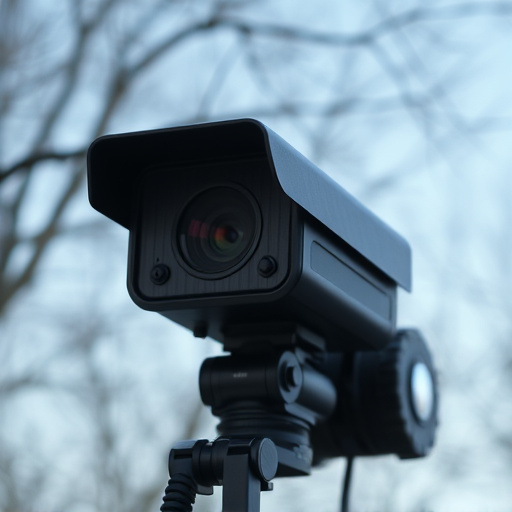Disguised cameras, seamlessly integrated into everyday items throughout a home, significantly enhance security by capturing high-definition footage of high-traffic areas and blind spots while remaining undetectable to intruders. Advanced signal scanning techniques utilizing AI algorithms detect imperceptible recording devices, ensuring robust protection against these digital threats. While legal and ethical dilemmas exist due to privacy concerns, proper communication and data storage policies can maintain trust and safeguard personal information in the use of disguised cameras for home security.
Hidden recording devices pose a significant threat to home security. This article delves into the world of disguised cameras for home protection, exploring various types and placement strategies to safeguard your space. We discuss advanced signal scanning techniques to detect hidden recording devices, ensuring you’re equipped with the knowledge needed for comprehensive security. Additionally, we examine legal considerations and ethical use of this technology, highlighting responsible implementation.
- Understanding Disguised Cameras: Types and Placement Strategies for Home Security
- Advanced Signal Scanning Techniques to Detect Hidden Recording Devices
- Legal Considerations and Ethical Use of Disguised Camera Technology for Home Protection
Understanding Disguised Cameras: Types and Placement Strategies for Home Security
Disguised cameras, also known as hidden cameras, play a significant role in modern home security systems. These advanced devices are meticulously designed to blend into their surroundings, making them nearly invisible to potential intruders. Types of disguised cameras include miniature cameras that can be concealed in everyday objects like smoke detectors, light switches, or even plants. More sophisticated models mimic common household items like televisions or clock radios while capturing high-definition footage.
Placement strategies for these hidden cameras are as crucial as their design. For comprehensive home protection, strategically placing them in areas with high foot traffic and potential blind spots is essential. Common spots include entryways, living rooms, kitchens, and bedrooms. Additionally, focusing on external perimeters using camouflaged cameras mounted on trees or fence posts can deter burglars and provide valuable surveillance footage of the outdoors.
Advanced Signal Scanning Techniques to Detect Hidden Recording Devices
In the realm of home protection, the rise of disguised cameras has made detecting hidden recording devices a complex task. Advanced signal scanning techniques have emerged as essential tools to counteract this trend. These methods leverage cutting-edge technology to identify and neutralize concealed surveillance equipment. By analyzing electromagnetic signatures and radio frequency (RF) signals, security professionals can uncover hidden cameras and recording devices that may be imperceptible to the naked eye.
Modern signal scanning techniques employ specialized equipment capable of detecting even the faintest RF emissions. This includes advanced signal analyzers and spectrum scanners that can pinpoint the location and type of hidden devices. Additionally, these methods often incorporate artificial intelligence (AI) algorithms to process vast amounts of data and filter out false positives, ensuring a more accurate detection process. Such sophisticated approaches are vital for maintaining privacy and security in an era where disguised cameras pose significant threats to home protection.
Legal Considerations and Ethical Use of Disguised Camera Technology for Home Protection
The use of disguised cameras for home protection raises important legal and ethical considerations. In many jurisdictions, the installation and operation of surveillance devices are subject to strict regulations to protect privacy rights. While some regions allow the use of hidden cameras for security purposes, there are typically guidelines regarding where they can be placed, who has access to the footage, and how long it can be retained. It’s crucial for homeowners considering disguised cameras to thoroughly understand these rules to avoid legal repercussions.
Ethically, the deployment of such technology necessitates a delicate balance between personal safety and privacy. Homeowners must ensure that their use of hidden cameras respects the rights and expectations of others, especially visitors or employees. Transparent communication about the presence of surveillance systems can help foster trust and prevent misunderstandings. Additionally, ethical considerations extend to data storage and access; clear policies should be in place to safeguard personal information and limit unauthorized access.
In conclusion, understanding and employing advanced signal scanning methods are vital steps in combating hidden recording devices. By recognizing various types of disguised cameras and their strategic placements, homeowners can significantly enhance their security. The article has outlined effective techniques to detect these devices, ensuring a peaceful mind. Additionally, it’s crucial to navigate the legal landscape surrounding disguised camera technology responsibly, striking a balance between home protection and privacy considerations for all involved.
